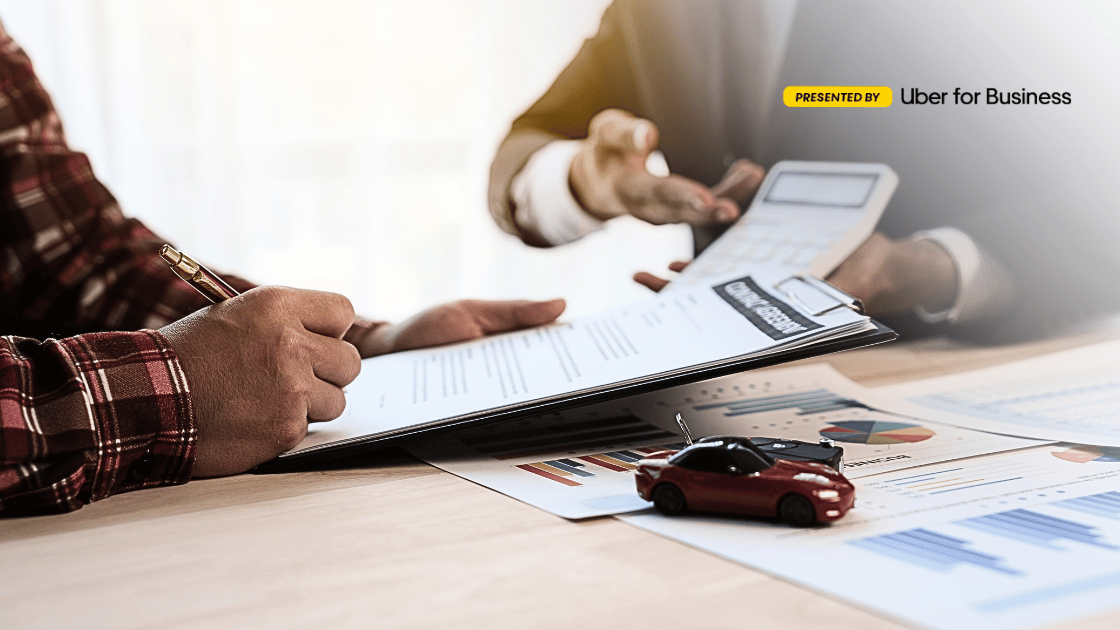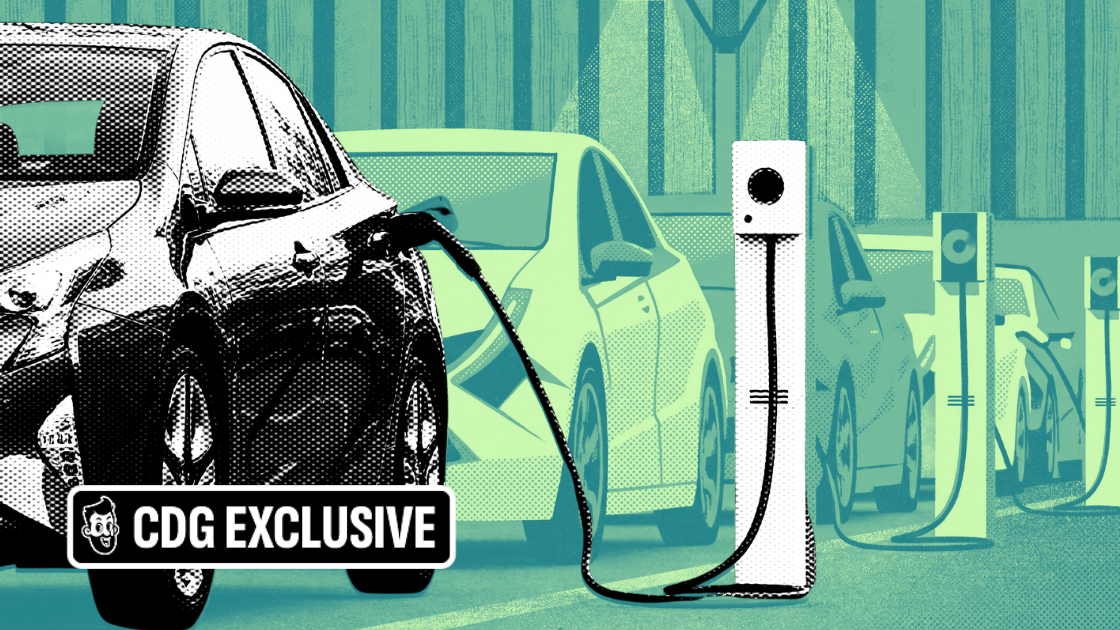
Despite still-elevated auto delinquencies in February—industry experts suggest a tipping point is likely around the corner.
For context: A melting pot of inflationary pressures and elevated vehicle prices in the years following the pandemic led many consumers to kick the (payment) can down the road. The result? A notable spike in auto delinquencies and a tighter lending environment.
The good news? Total auto loan delinquencies carried a 1.6% growth rate year over year in February—a sharp drop from the 10% year-over-year growth rate noted in February 2024, according to data shared by Mike Brisson, director of economic research with Moody’s Analytics.
February’s total growth rate was driven by a slight bump in the percentage of auto accounts past-due by 30, 60, and 90 days—with each up by 2 basis points year over year in February to 2.36%, 0.93%, and 0.36%, respectively.
The same three segments (30, 60, 90) saw delinquencies improve compared with January.
Accounts 30-days past-due fell 2 bps from January, while 60 and 90-day delinquencies inched down 1 bps.
Why this matters: The February reading reflects industrywide estimates that delinquencies, though still elevated, are expected to cool through 2025—even declining year over year by the fourth quarter, Brisson said.
The problem? This stabilization is dependent on a steady economy.
Right now, delinquencies are about 20% beneath the levels reported during the Great Recession but charge-offs (payments deemed uncollectable) sit nearly 60% lower than recession-levels, according to Brisson.
“ If the labor market starts to get hurt by sagging consumer confidence or we see a decrease in spending from certain groups because the stock market's down in correction territory—that could all lead to a point where you see these delinquencies, which are already elevated, turning more into those charge-offs,” Brisson said.
According to Brisson, Moody’s projections show that the likelihood of a recession in the next 12 months at approximately 35%—above the typical 15% assumption.
“Conditions are pushing towards a higher probability of recession than you would have just in a flat market,” he said.
The big picture: Moody’s delinquency data points to shifting marketing dynamics—and a mixed bag of opportunities for dealers as lenders increase auto loan capacity. Timely inventory and smart pricing can attract pull-ahead buyers eager to beat tariff hikes, while simple financing and educational resources will appeal to more cautious buyers.
Become an automotive insider in just 5 minutes.
Get the weekly email that delivers transparent insights into the car market.
Join 90,000+ others now, it's free:
Courtesy transportation is no longer a nice-to-have.
It’s a need-to-have.
That’s why 80% of dealership respondents agree that providing courtesy rides with Uber has helped retain customers, based on Uber’s survey of 79 organizations in 2023.
With Central, you can request an Uber ride on behalf of your customers, even if they don’t have the Uber app. Car dealerships love using Uber because it’s a simple way to offer white-glove customer service, supplement loaner cars or shuttles, and manage parts pickup and delivery.
Dealers can request one-way or round-trip rides, add multiple riders and locations, set spend caps, and even monitor trips in real time.
Plus, you'll get monthly reports to keep track of everything.
If you’re ready to reduce the costs associated with maintaining shuttles and limit the liability of loaner vehicles, it's time to partner with Uber for Business.











